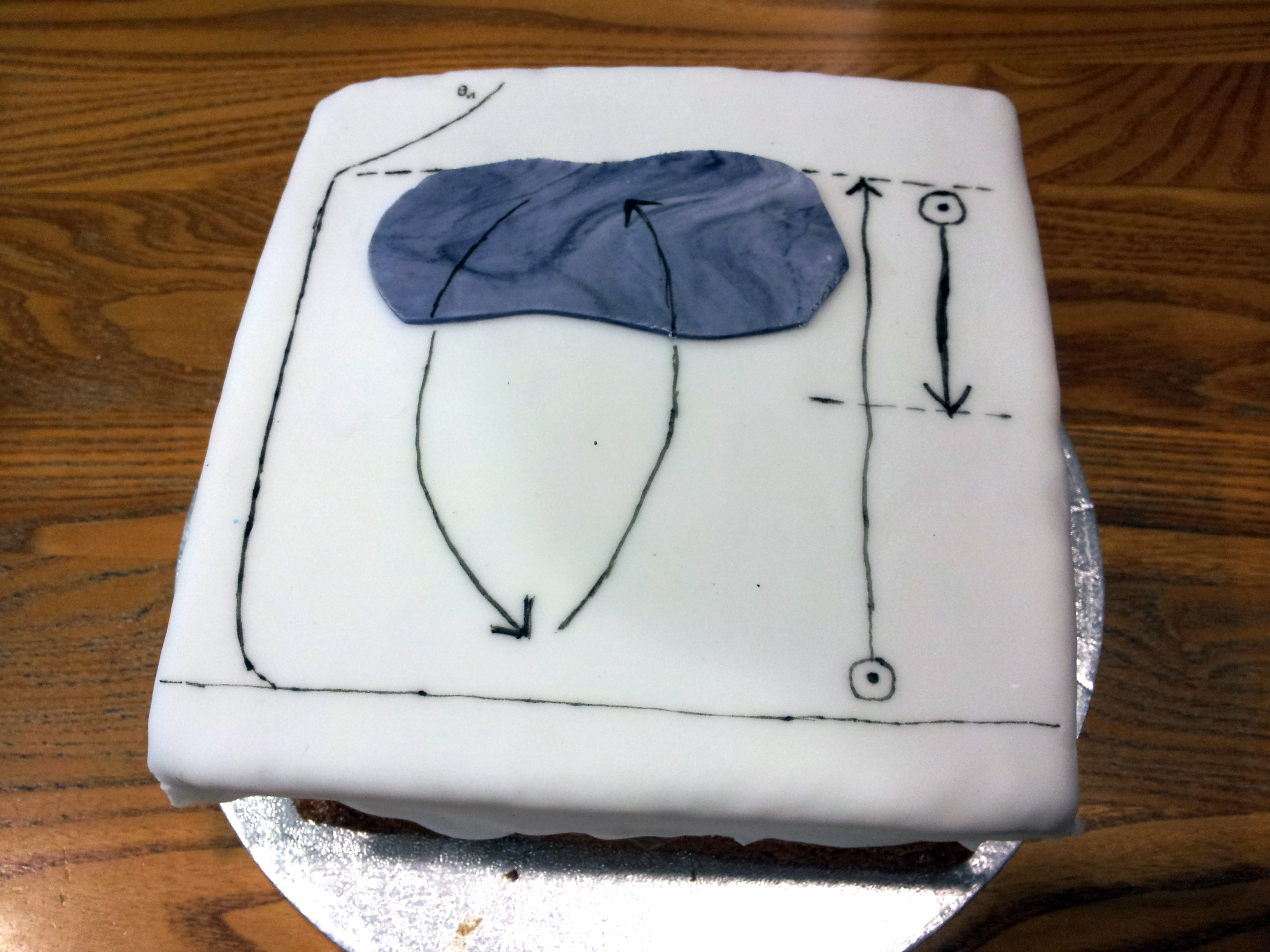Menu
PhD
Boundary-layer type classification and pollutant mixing
Abstract:In the atmospheric boundary layer the vertical distribution of heat, momentum, water and pollutants is controlled by mixing that is turbulent. This complex mixing is parameterized in weather forecast and climate models. But are the parameterizations implemented in these models representative of the real world?
For the first time, Doppler lidar and sonic anemometer data are used to objectively classify the observed boundary layer into nine different types based on the Met Office scheme. Examples of these types are decoupled stratocumulus cloud, cumulus capped and stable with no turbulent cloud. This method is applied to three years of data from the Chilbolton Observatory, UK, to create a climatology of boundary-layer type. This climatology exhibits clear seasonal and diurnal cycles with the most common type over the three years being a cloud-free stable boundary layer. The decoupled stratocumulus type and the cumulus cloud under a stratocumulus layer type are diagnosed 10.3\% and 1.0\% of the period respectively.
This new observationally based boundary layer classification is used to evaluate the boundary-layer type diagnosed by the 4~km and 12~km resolution versions of the Met Office Unified Model. The model is found to predict too many decoupled stratocumulus boundary layers by a factor of 1.8, in both the stable and unstable regime. Stratocumulus cloud is present in the morning in the model but it is underestimated in the afternoon. The skill of the model in predicting boundary-layer type at the correct time has also been assessed using the symmetric extremal dependence index measure of skill. This analysis revealed that the skill of predicting the correct boundary-layer cloud type was much lower than the skill of predicting the presence of cloud. The skill of prediction is not affected by model resolution.
Finally, a set of idealised single column modelling experiments have been conducted to investigate the impact of boundary-layer type diagnosis on the vertical distribution of pollutants. It is shown that night-time near-surface concentrations are modulated by an order of magnitude depending on the sign of the predicted surface heat flux and mixing driven by stratocumulus cloud-top cooling acts to keep the residual layer well mixed. During the day the diagnosis of boundary-layer type has little impact on near-surface concentrations; however, the presence of cumulus cloud can modify the shape of the vertical distribution of tracer.
You can download a full copy of my submitted thesis here
A more cake-y representation of boundary-layer type III can be seen below!
